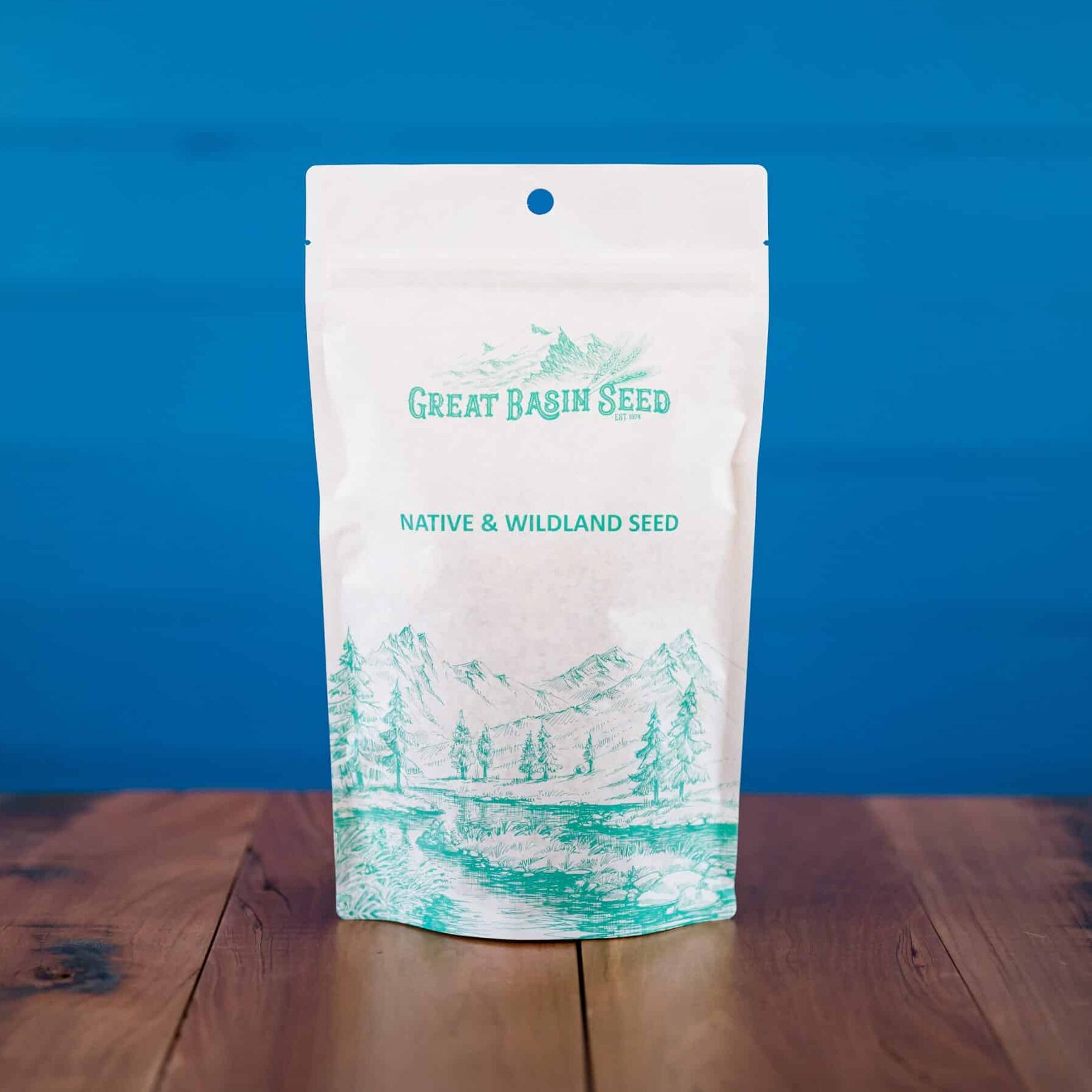Mountain Lupine
 $20.00 – $159.85
$20.00 – $159.85 - Scientific name: Lupinus alpestris
- A perennial herbaceous
- Native wildflower to mountainous regions in western north America
- Thrives in high altitude regions
- Fairly drought tolerant once established
Min. to Max. Annual Precipitation
36in.
Average Max Height
Mountain Lupine (Lupinus alpestris) is a perennial that grows commonly in meadows, roadsides, and wooded areas anywhere from 6000-10,500 ft elevation. Lupine is a native to the mountainous western side of the United States. Mountain Lupine prefers cooler temperatures. Lupinus alpestris is adapted to environments with moderate to low water and tolerates dry conditions once established.
For quick plant facts please click on the “Quick Plant Facts” tab.
General Description:
Mountain Lupine (Lupinus alpestris) is a native wildflower that grows mainly in higher elevation areas in the western North America. Lupine can grow at a height between 1-3ft tall. This does vary depending on growing conditions. The leaves of the mountain loping are compound with 5-9 leaflets that are often palmate in shape with silvery or gray-green appearance due to fine hairs on the surface. The flowers are usually purple or blue, forming a dense, up right spikes or clusters. The shade of the flower is very distinct with its banner-like upper petal and a keep-shaped lower petal. Mountain Lupine generally blooms from late spring to early summer. This wildflower is valued because of its beauty and ability to thrive in challenging conditions.’
Uses:
Mountain Lupine is often used in gardens, and erosions control.
Plating Conditions:
Mountain Lupine prefers a well drained soil that is sandy, loamy or rocky. Lupine thrives well in a pH range of 6.0-7.0 but can tolerate a wide range of soil types as long as they are not heavy or waterlogged. Plant in a location that receives full sun (at least 6 hours). Lupinus alpestris can tolerate patial shade but full sun is recommended for best results. It is always recommended to add organic matter to the soil if possible. This wildflower grows best in cooler temperatures, and can withstand some frost. Avoid planting at times with extreme hot or drought conditions.
Establishment:
The best time to plant Lupinus alpestris is early spring or late fall. Planting in the early spring allows the lupine to establish its root system before the heat of the summer. Aim to plant after the last frost hits. Planting in the late fall allows the seeds to undergo natural stratification which helps with germination in the spring. This method works great for areas that get winters.
Lupine often has a hard seed shell to protect it during the winter. If planting in the spring time it is suggested to scarify the seed as this often helps enhance germination rates but it is not required for results.
Seeding Rate:
The best seeding rate broadcasted is 15-20 pounds per acre. Distribute seeds evenly over the area and lightly rake or press them into the soil to ensure good seed to soil contact. Suggested to cover with a thin layer of soil to protect seeds from birds and drying out but not required. Don’t plant deeper than a 1/4″
Watering:
While the seeds begin to germinate keep the soil damp until germination, which ususally occurs within 14-28 days. Once it is established, lupine is relatively drought tolerant and prefers less frequent, deep watering over shallow frequent watering.
Quick Plant Facts
| Common Name: | Mountain Lupine |
|---|---|
| Scientific Name: | Lupinus alpestris |
| Plant Type | Forb |
| Lifespan: | Perennial |
| Sowing Rate: | 15-20 lbs. per acre |
| Root Form: | Taproot |
| Min. Precipitation | 10 inches |
| Growth Height: | 1 – 3 feet tall |
| Max Sowing Depth: | 1/4 inch |
| Best Time to Sow: | Early spring or Late fall |
| Sun & Shade Tolerance | Full Sun, tolerates shade |
| Elevation Occurrence: | 6,000 – 10,000 |
| pH Tolerance: | 5.7 – 7.5 |
| Hardiness Zones: | 3 – 8 |
| Select a Package Size and Quantity | 1 oz. Envelope, 4 oz. Pouch (0.25 lbs.), 8 oz. Pouch (0.50 lbs.), 1 lb. (by the pound) |












